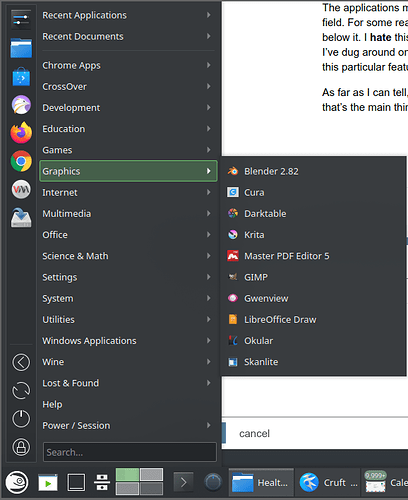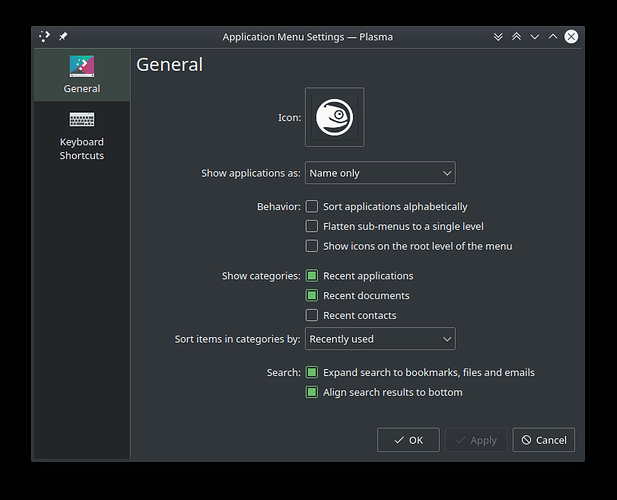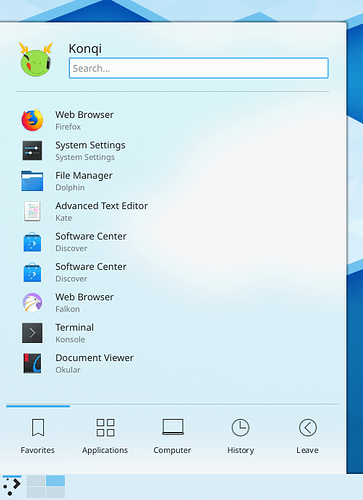Sure.
When Manjaro ARM first started out, none of the available devices was powerful enough to run Plasma at the time.
The first device we actually tried Plasma on, was the Odroid C2, back when it was the most powerful device by Hardkernel. It was sluggish and did not perform well, but it was usable and doable.
The KDE Plasma edition became an official edition of Manjaro ARM in 2018 with the original Pinebook (1080) being the prime device it could run on. Since then there has been steady improvements to Plasma in general.
In the last year or two, many powerful devices have emerged, like the Pinebook Pro, Rock Pi 4 and Odroid N2, which have made Plasma really fly.
Lately, in the last half a year or so, we have seen vast improvements in the open source mali drivers for ARM, called Lima and Panfrost.
Lima still has a ways to go and only works reasonable well on Wayland, but Panfrost has really matured and is now at a stage where we can enable Hardware Acceleration in Plasma on Panfrost devices.
This means, Hardware Accelerated Plasma Desktop is now possible on the Pinebook Pro, RockPro64 and Rock Pi 4.
Some devices are not able to use Panfrost yet, even though the GPU architecture matches, simply because the GPU type (mali GXX) is not yet supported in Panfrost. But they will get there.
These devices include the Odroid N2 and the Khadas Vim 3.
The Raspberry Pi 4 uses the VC4/V3D GPU driver, which is also capable of some hardware acceleration, but since Manjaro ARM is a 64-bit only OS, it’s not all there. Raspberry Pi foundation, as some might now, only focus on 32-bit.
In Manjaro ARM, Plasma can run comfortable on Raspberry Pi 4, Pinebook, Pinebook Pro, Pine64-LTS (and +), Rock64, Rockpro64, Rock Pi 4, Odroid C2, Odroid N2, Khadas Vim 1-3.
Some of these devices are Lima based devices and are running Plasma in software acceleration, since Lima does not work well with Xorg.
The PinePhone and PineTab are Lima devices and run Plasma Mobile (which is Wayland) with hardware acceleration.
If you have any questions, please let me know. 


